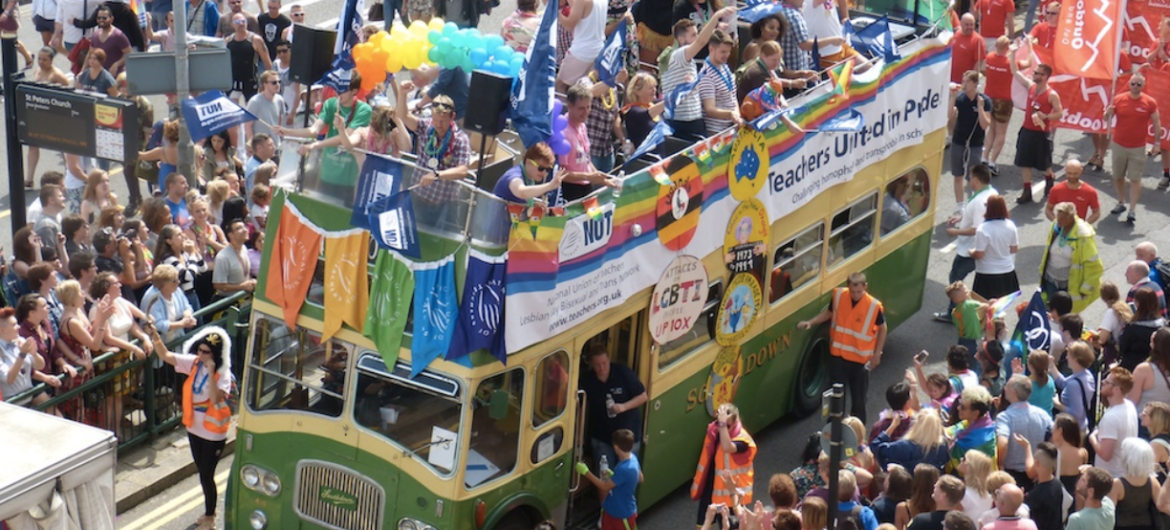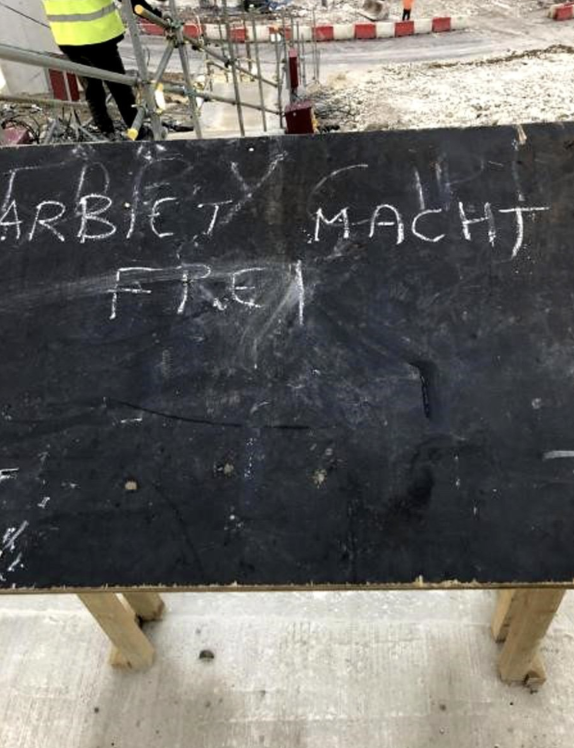Words by Stevie Palmer, Comment Editor
For centuries, the identity, standing and rights of LGBTQ+ people has been a topic of debate in the heteronormative society we live in; albeit unjustly in an emotional moral sense, but is it wholly unexplainable?
In a patriarchal society, characterised by heterosexual relations it is understandable why for so many years queer people have been pushed to the side-lines;othered and ridiculed for not fitting the prescriptive norms projected onto them. Queer people took two routes-like all humans- fight, or flight, both of which are equally valid and still contingent with the community today.
I myself, for many years, took the flight approach, too scared of embracing my sexuality whilst in a heterosexual relationship. I felt being queer would challenge my relationship so, like many, I remained looking the other way, and travelling back towards my known way home. It’s a sad reality of our times to think that I was in love with the most open and accepting man and still felt this way, but I don’t think it’s un-telling.
The LGBTQ+ movement, whilst always a faction of society, has only become a dominant socio-political movement in contemporary British social-political history. Only in the 1950s did we see the first gender reassignment surgery, and in the 1960’s the first movement of the queer community into mainstream media with the lesbian and bisexual monthly journal published. In 1967, we saw the decriminalisation of homosexual relations between two men over 21 in private, but the first pride march wasn’t until the 1970s. It wasn’t until 2004 that civil partnership was seen as having equal weighting to marriage in law and it wasn’t until 10 years later that gay couples were legally able to marry on an equal footing to heterosexual couples under that same law. All these events, whilst relatively accepted now, were unbalancing to the political equilibrium that tyrannised society for so long.
You see, when we look at the LGBTQ+ movement and its socio-political journey, whilst we have come so far, we still have a long way to go and LGBTQ+ history months provide an excellent vessel for this reflection. Whilst, at times such reflection and understanding of the youth of the movement can feel overwhelming, especially to those in the community whose identity is constantly being challenged in a juxtaposed progressive and deep-rooted society, we must flip the narrative and take the reins of control and strength.
To see we are still at point of political dynamism and changes gives us a great vantage point, it means we can be the flow force for such change, driving the new narrative surrounding the LGBTQ+ community in an ever positive manor, continually pounding the rocks on the shore to equality; so that when people study LGBTQ+ history in 20 years, they won’t be reflecting on how recently rights have been grants and how far there is to go – as we are, but rather, will feel the spirit of the community so deeply everywhere that it will be as a given fact that not everyone is non-queer, so we can rally around in love and support to project the voices of those who would have previously been othered, to drive the progression of society to a place otherwise unthought of by those who risked their lives to get us to where we are today.
Photo credit: Wiki Commons





